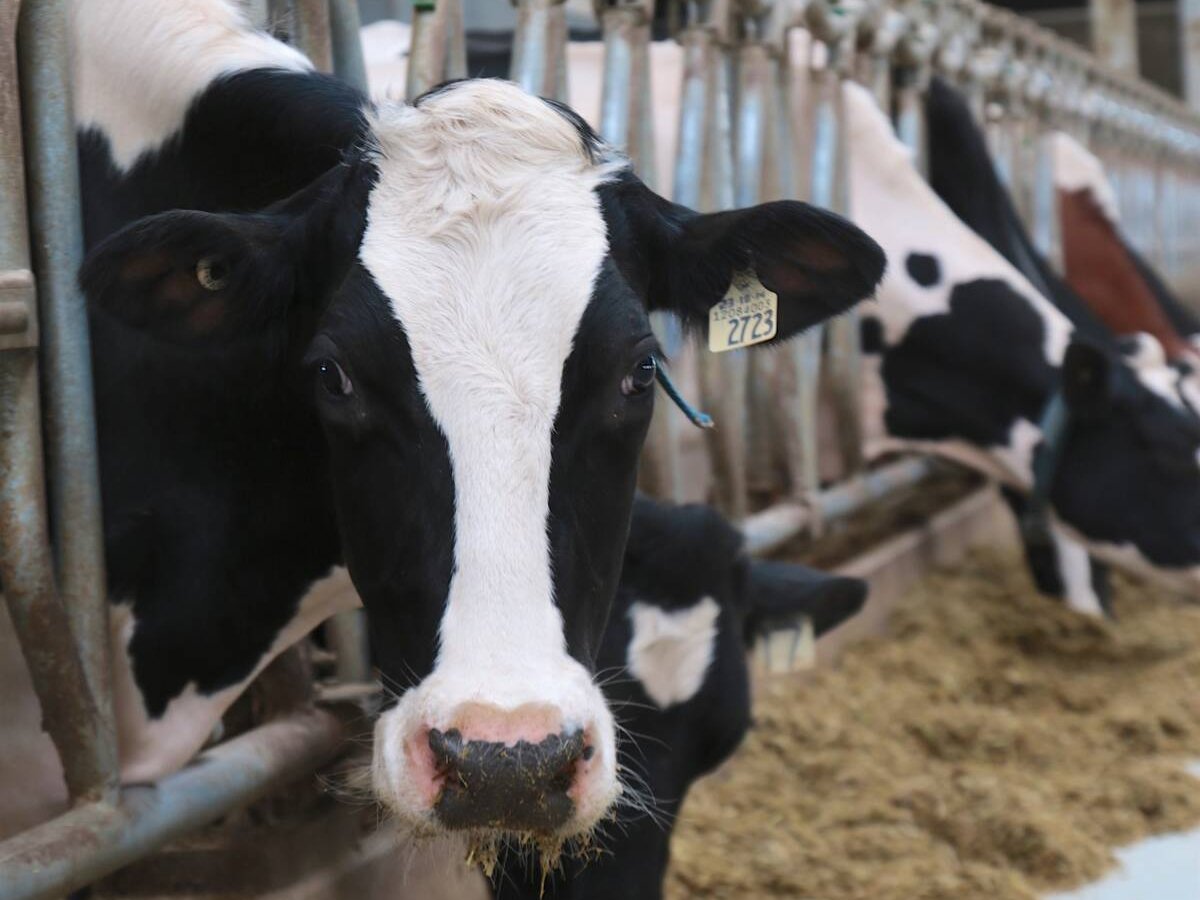Farmers don’t much like paying royalties on seed.
But now they’re getting a chance to tell one research agency how they’d like to spend at least some of those royalty fees, which generally account for five to 10 percent of the cost of certified seed.
The Western Grains Research Foundation, funded through a checkoff on wheat and barley sales, collects about $250,000 a year in royalties from grain varieties it helped develop.
That amount is expected to increase steadily and the foundation is now asking farmers for their thoughts on how much royalty should be collected and what to do with the money.
Read Also

The Organization for Economic Co-operation and Development lauds Canada’s low farm subsidies, criticizes supply management
The Organization for Economic Co-operation and Development lauded Canada’s low farm subsidies, criticized supply management in its global survey of farm support programs.
“We want to ensure farmers have an opportunity to let us know if they’re happy with this or if they think it should be more or whatever,” said Lanette Kuchenski, executive director of the foundation.
“And because royalties have reached a more substantial level, this may also create new options for reinvesting the funds to meet farmers’ research goals.”
The consultation with producers is being conducted as the foundation enters the final stages of negotiating new funding arrangements with a number of plant breeding institutions. The agreements that were signed when the fund was established in 1993-94 expire at the end of 2004.
Under those agreements, the plant breeding institutions return to the foundation 30 percent of the royalties they receive on varieties developed through WGRF-funded programs.
The foundation in turn funnels the money back into research programs at the institutions. Funds are generally spent on new breeding techniques or equipment that can speed up development of new varieties.
The foundation began earning royalties in 1998, five years after it first started funding wheat and barley breeding. In 2000, the royalties totalled $33,000. By last year, it had climbed to $250,000, reflecting the fact that more WGRF-financed varieties have come on to the market.
As that continues, including new varieties with resistance to fusarium head blight and wheat stem sawfly, the amount of money being collected could increase significantly.
Kuchenski said that the foundation’s farmer board of directors wants to continue to receive a fair portion of the royalties and to continue reinvesting the money into research.
“Now that farmer-funded varieties are becoming available commercially, we consider farmers to be a partial owner of those varieties and receiving royalties is an important acknowledgement of that ownership,” she said.
It’s also important that the royalties are returned to the foundation so they can be invested in research projects that directly benefit producers.
“That way farmers retain control of their investment,” said Kuchenski.
She added that directors aren’t necessarily looking to increase the foundation’s 30 percent share of royalties.
“Our board would like to hold it at least where it is,” she said. “We hope we’ve got farmers’ support for that.”
Besides royalties, the foundation is also inviting farmers to comment on other key issues still up for discussion in the negotiations on the new funding agreements:
- What role should the foundation play in the future use of wheat and barley germplasm, or the hereditary genetic material of the plants, in which it has invested?
- What assurances can be obtained regarding future government funding for wheat and barley breeding programs and what should the foundation do in the event of cuts?
- What can be done to encourage co-operation and collaboration among research institutions that receive WGRF funding?
- What role can WGRF play in making sure farmers’ interests are represented in the production, distribution and marketing of new varieties?














